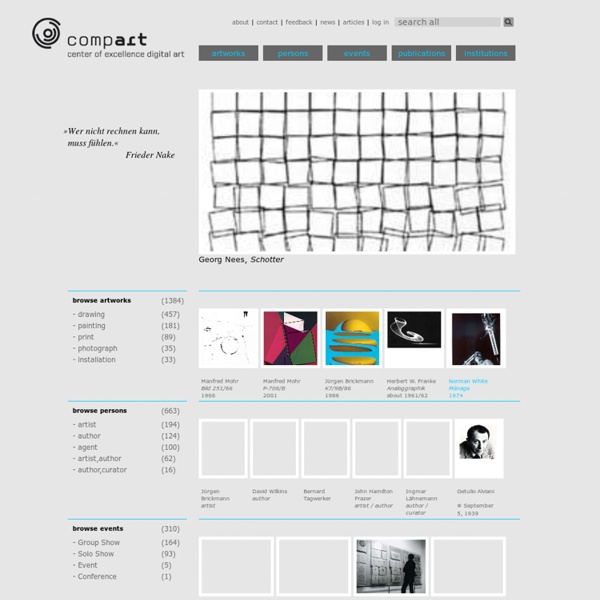



Take a More Realistic Approach to Your To-Do List with the 3 + 2 Rule There are SO many grammar and spelling problems in this article, I found it VERY difficult to follow what the author was trying to say. Normally I can look the other way, but when the grammar is so bad it interferes with the message, it needs to be fixed. "Why bother why you will be working the whole day anyway?" * should be: Why bother when you will be working the whole day anyway? "Or sometimes I haven't been switching for a longer time and then I completely loose track about the project and it took me hours to get on the track again." * s/b: Or sometimes I go a long time without switching and then I completely lose track of the project and it takes me hours to get on track again. "Context switching is ridiculously easy because this way you don't switch just very few times per day!" * s/b: Context switching is ridiculously easy because this way you only switch a few times per day! "…considering how easy is to switch between (small number of) projects, just do switch!" #corrections
Container Village: arredi multifunzionali (con)temporanei - Design Context “Container Village – Living in a box” è il progetto che ha visto coinvolti gli studenti della Facoltà di Design e Arti della Libera Università di Bolzano durante il semestre estivo 2013. Voluto e diretto dei docenti Claudio Larcher e Gianpietro Gai, il programma prevedeva lo sviluppo di idee e la successiva realizzazione di prototipi e arredi funzionali destinati agli spazi di un container. Oggetti che sono stati allestiti in un vero e proprio villaggio del ‘temporaneo’, grazie alla collaborazione con l’azienda altoatesina Niederstaetter, che ha fornito una struttura composta da tre moduli abitativi, provvisti di terrazza sul tetto. Le proposte di arredo, che dovevano rispondere a tre precisi ambiti di sviluppo (living, working e fun), avrebbero dovuto adeguarsi alle esigenze multifunzionali di trasformabilità e trasportabilità. PROGETTIBITTA è un set di sgabelli salva-spazio pensati per essere appesi alla parete. Un SÉPARÉ nato dall’unione di una scala con un tappeto.
Codrops